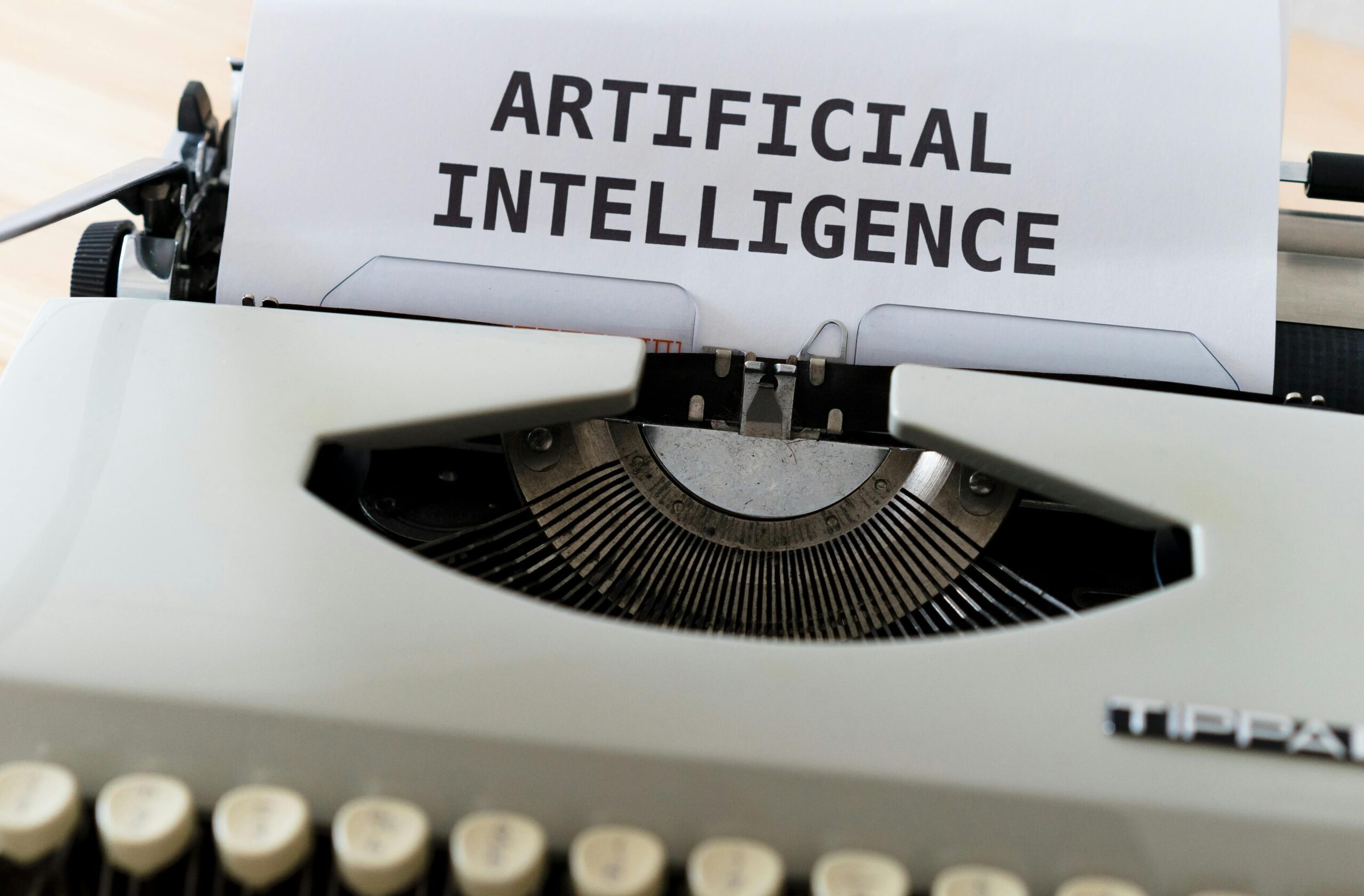Truth and Lies of AI in Quality Control:: Enterprise world is a busy place in the world today where the business is forced to balance speed with cost reduction and quality maintenance. Cue in Artificial Intelligence (AI) which has been proclaimed as the ultimate means of simplifying quality control (QC) procedures. Whether it is computer vision systems to find microscopic defects or predictive analytics that inform of patterns before they can lead to failure, AI has led to a new wave of intelligent quality management.
However, to what extent is all this reality and to what extent hype?
Covering everything related to reality checks on what works with AI in quality control and all the limitations that are yet to be met, in this article we go into detail.
What Is Quality Control AI?
AI in Quality control AI in quality control is the use of machine learning algorithms, computer vision and big data analytics to automate and improve the process of assuring the quality of a product or a service. Typical use cases are:
• Fault finding
• Stream line process
• Analysis of data in real-time

Anomaly detection
Some of the industries that have been fast to apply AI-powered QC tools include manufacturing and pharmaceutical industries, automotive, and electronics. However, implementation and success are quite different based on objectives, structure, and anticipations.
What is Working: AI Quality Control Strengths
1. Computer Vision of Visual Inspection
Computer vision is one of the most effective and popular AI apps in QC. Such mechanisms rely on high-resolution cameras and AI-based algorithms to identify defects on the surface at an exceedingly high rate.
Example In the semiconductor sector, the computer vision system is used to identify hairline cracks and microscopic defects that people cannot see.
Benefits:
• Strong stamina to work without getting tired
• Shortened inspections
• Sixty percent fairness in decision making 2. Objective, consistent judgments
2. Manual Quality Reports
AI can be used to process immense amounts of data on any production process and rationally predict when and where quality defects are to happen. This method, commonly referred as a predictive quality, assists manufacturers to move towards proactive quality management.
Example: Autocrats factories can predict the possible malfunction in the assembly line to provide an early intervention thanks to predictive analytics.
Benefits:
• Less loss of time
• Reduced rates of defects
• Improved resources planning
3. Automatic Reporting and Documenting
AI tools will be able to create reports automatically, identify any exceptions and meet industry standards. It is also very useful in highly regulated sectors such as pharmaceuticals and food output.
Example: pharmaceutical compliance with FDA can be achieved using AI generated audit trail covering fewer manual details.
Benefits:
• Automated repetitive work done
• Better traceability
• More rapid preparation of audit
4. Real-Time Anomaly Detection
Such anomalies in sensor data, equipment behavior or final product quality not in line with a pre-destined behavior can be flagged by the real-time AI systems. These are the things which in many cases the old rule based systems may not pick up.
Examples Through AI monitoring, temperature or viscosity variations hint of processes being out of control in chemical manufacturing.
Benefits:
• Automated problem spotting
• Less recalls of products
• Instead of the traditional safety methods or solutions, it includes enhanced safety.
What Does Not Work: What Does Not Work and Why
1. Large Cost of Set up and training
Adopting AI systems, particularly those that use specific dataset, may prove to be tedious and rather costly. Before the algorithms can be trained to identify correctly the defects, tens of thousands of labelled images or data points might be required.
Challenge: Small and medium enterprises (SMEs) do not usually have the means to invest into a vast AI training and infrastructure.
2. Data Quality, Data Availability
The quality of data learned by AI is the quality of AI itself. Data in most production settings is either unavailable, not matching, or in pockets. Even the most powerful AI cannot perform well based on messy data.
Challenge: Legacy systems are not usually advanced enough with digital maturity to support AI efforts.
3. Over-dependency and Spurious confidence
Other organizations become confused into believing that AI is a magic bullet. The over trust may contribute to the lack of trusting human experience and expertise, the inability to verify the decision of AI, or the assumption of insignificance of its limits (false positives or false negatives).
An example is a food packaging AI system that failed to identify food items that were not defective as such, because the lighting was slightly different, as it considered them as damaged.
4. Interpretability and Trust Problem
The use of AI, particularly deep learning models, is prone to behaving as a black box and therefore difficult for quality management officials to comprehend, why a particular decision was taken. This explainability is a sure risk to industries in which justification is critical.
Challenge: Regulatory bodies might not embrace the results generated by AI, which cannot be explained and audited.
Bridging the Gap: The Best Practices When It Comes to Successful AI in QC
Organization should have a balanced and strategic way of implementing AI in ensuring quality control. Here’s how:
✅ 1. Scale and Start small
Check it out on a pilot project in specific, high-impact fields. Thinking of methods of detecting defects in a certain part of the production line after doing it on a wide scale is a good example.
✅ 2. Make data ready Ensuring Data Readiness
Avoid spending in AI until collecting, cleaning, and integrating data. Labeled structured data helps train the models faster to provide better accuracy.
✅ 3. Human and Machine Intelligence fusion
Help, do not substitute AI. Human examiners also provide situations and allotment of judgment that the AI can not provide in particular complex or obscure situations.

✅ 4. Monitor, Validate and Update Models
This includes constant monitoring and retraining because the AI needs to adjust to new products, modified materials or altered conditions.
Real Life Success stories
• Siemens used predictive quality through AI manufacturing, resulting in the 30 percent less use of defective components and growth in production time.
• A chemical company, BASF, measures thousands of variables in real-time through AI and responds with the speed of quality decisions.
• BMW uses image recognition to inspect the car body by applying AI to enhance accuracy and decrease the need to manually examine the car bodies.
These scenarios point out that applied in a proper way, AI is a source of practical value.
AI in Quality Control of the Future
The influence of AI in quality control is on the rise; it is not without its difficulties. It is likely that in the future we will see:
• Inspection edge AI devices that do the inspection in real-time in-situ
• Direct AI that is connected to digital twins used in simulation and predictive modeling
• Improved human-artificial intelligence interaction with augmented reality (AR) and natural language interface
Now, as technology develops, an interesting change can be described as transitioning isolated use cases to end to end quality ecosystems powered by AI.
Final Thoughts
Here is the real story of my article of AI in the quality control area: It is not perfect but it is strong. AI, when used with care, can serve as a breakthrough in quality assurance practice–earlier detection, minimize scrap volumes, and increase productivity. However, it also requires planning, good quality data, and/or a constant monitoring.
The most sustainable success in the long term will be experienced by companies where the AI is regarded as a tool and not the alternative to the human judgment.
(The Articles you may like)
Your AI Toolbox in 2025: 15 Tools That Will Transform Your Work
The AI Automation 101: Small Business Guide By AI Automation

1 thought on “Truth and Lies of AI in Quality Control: What is and is not Working”